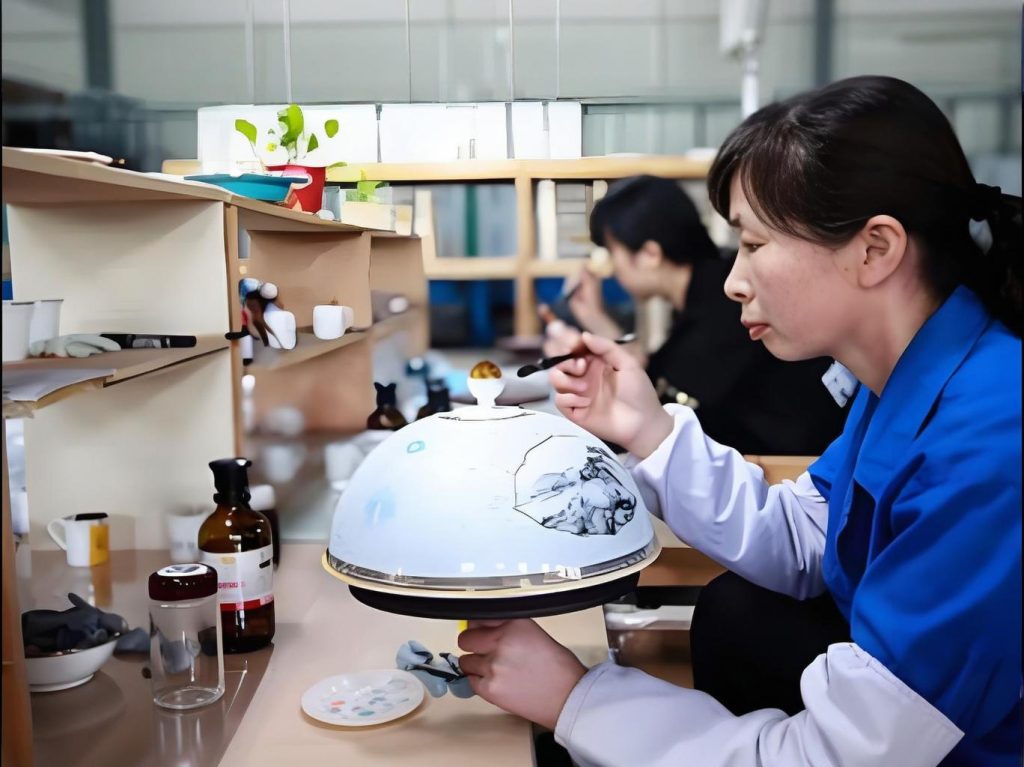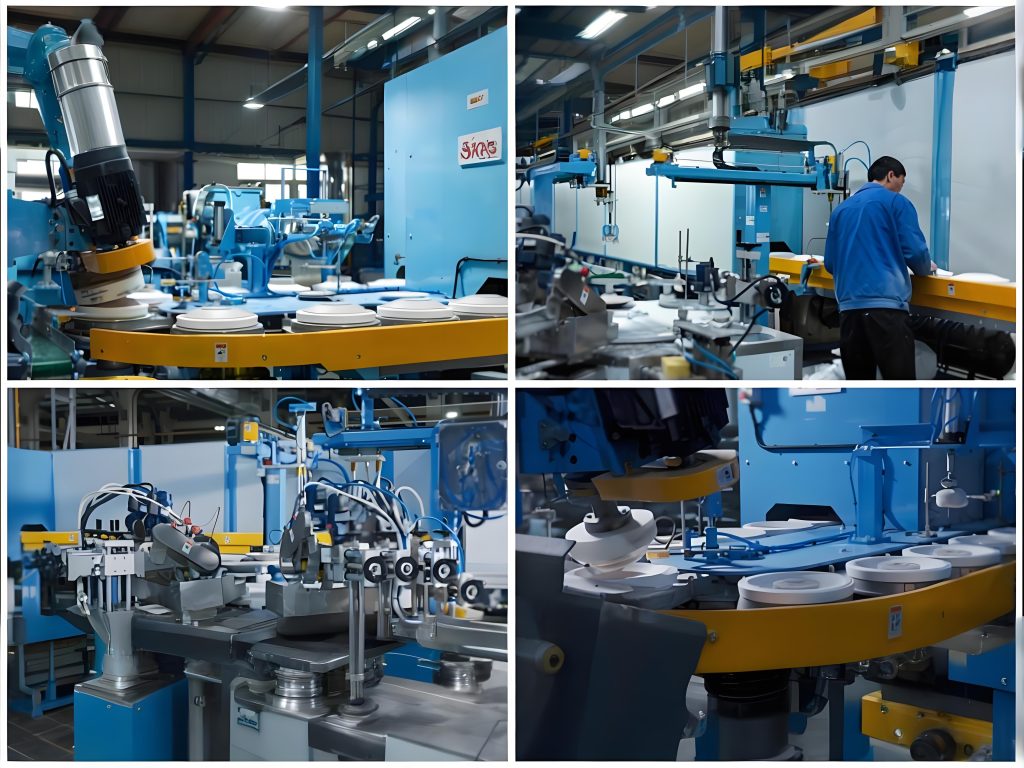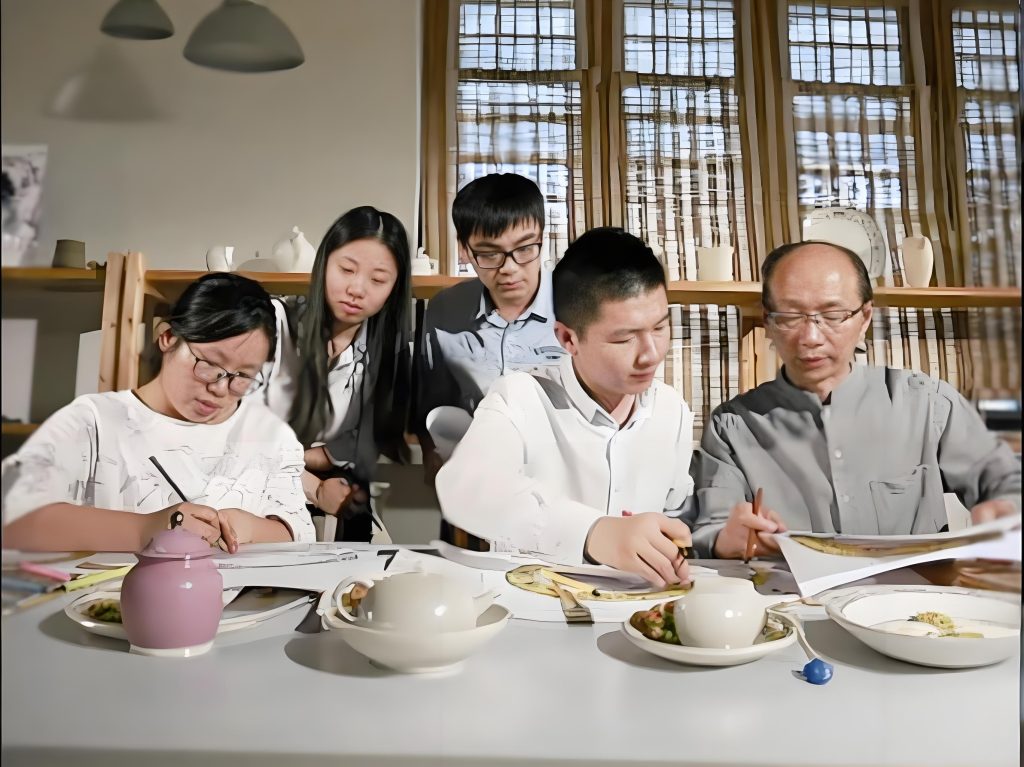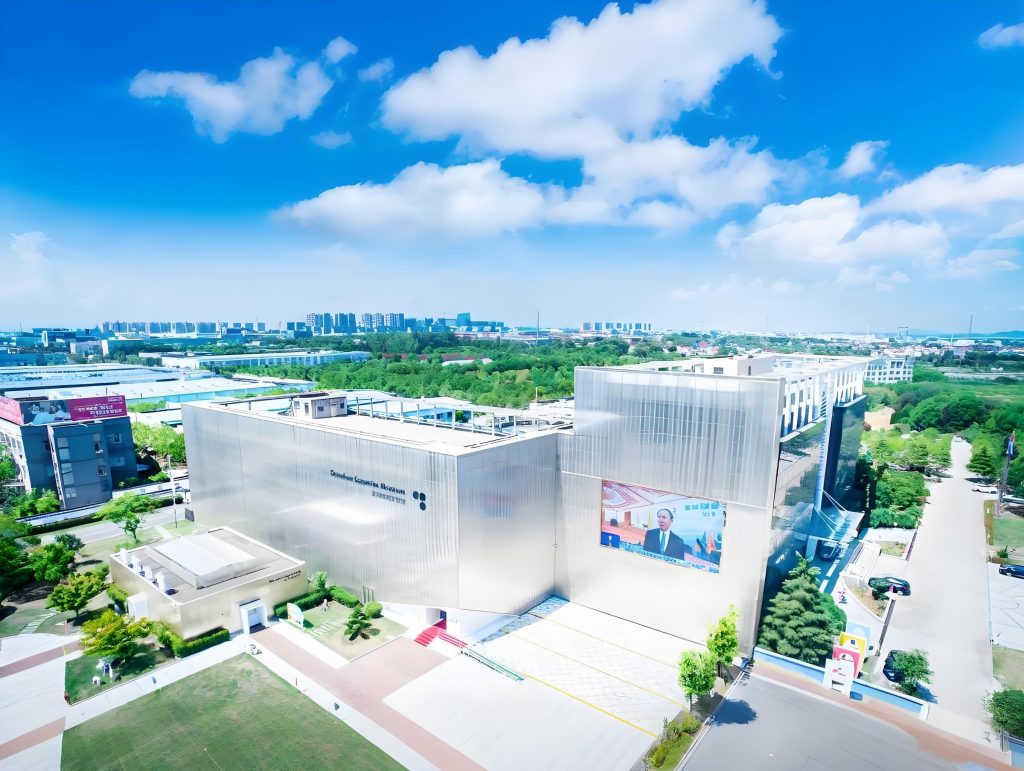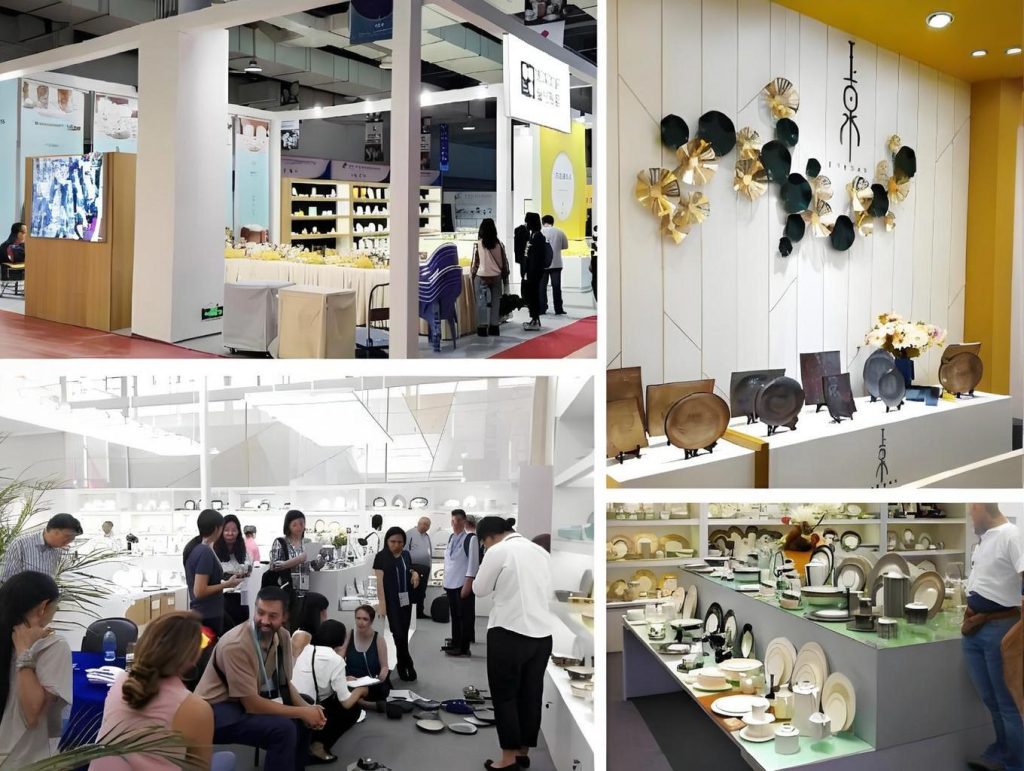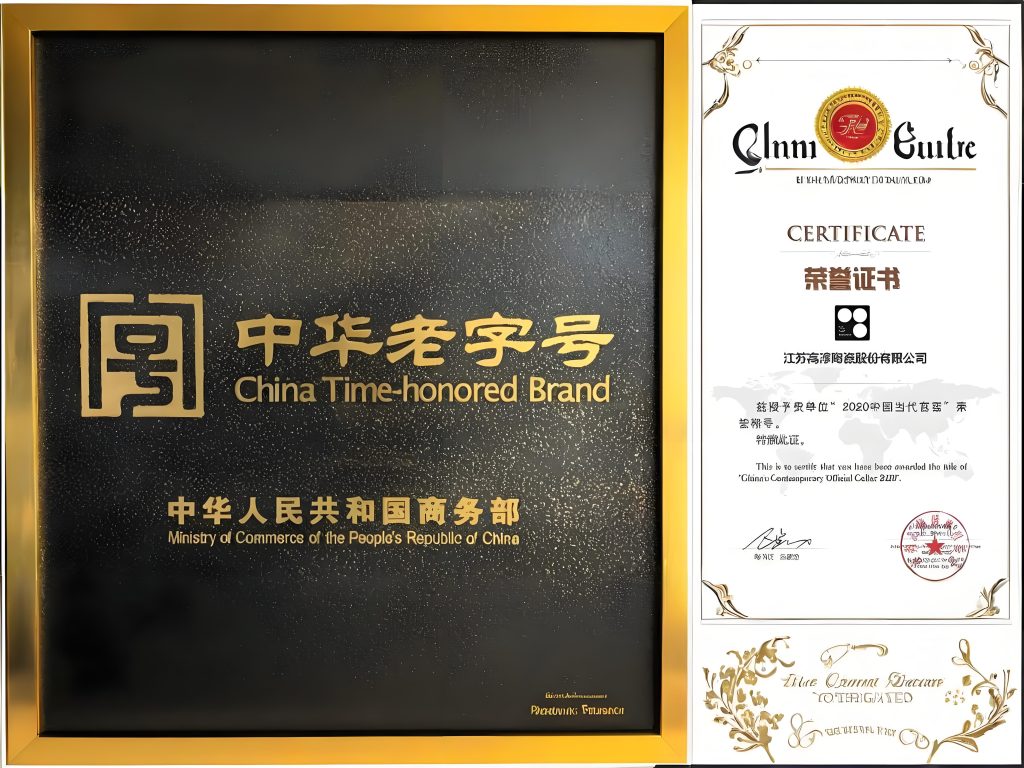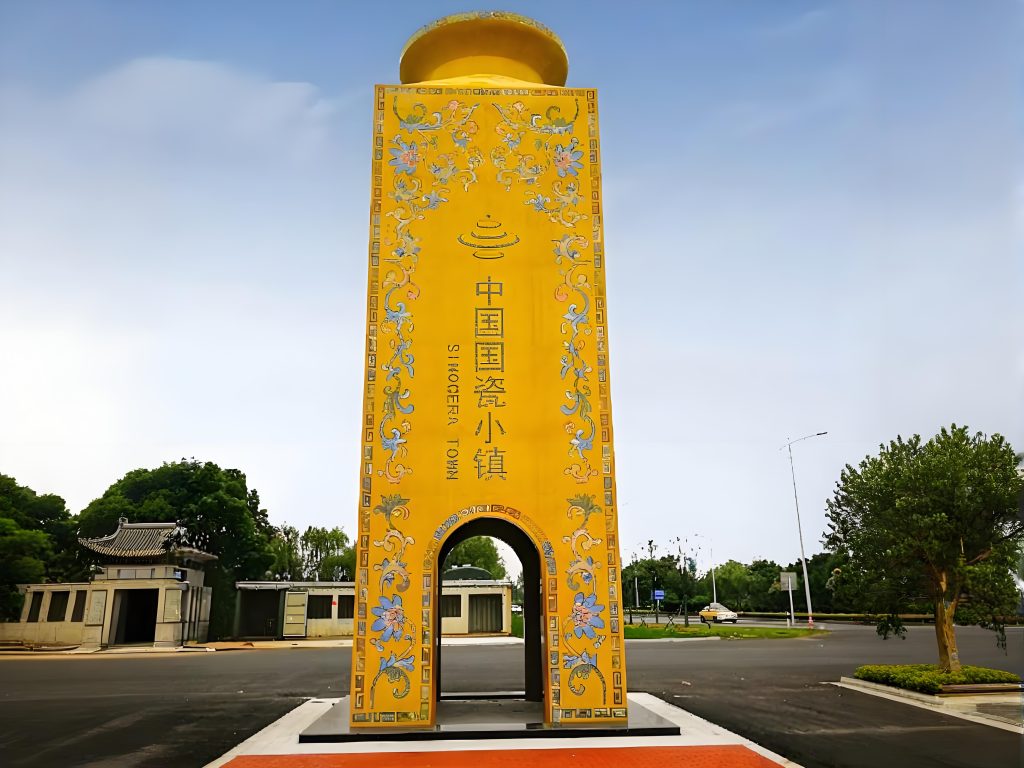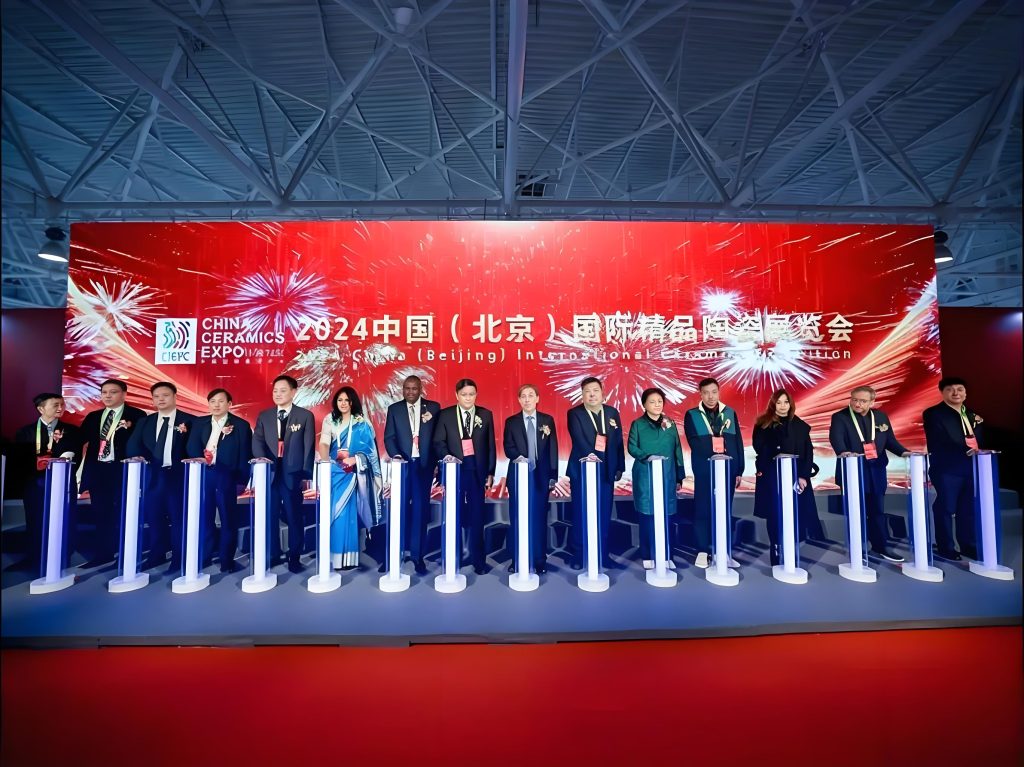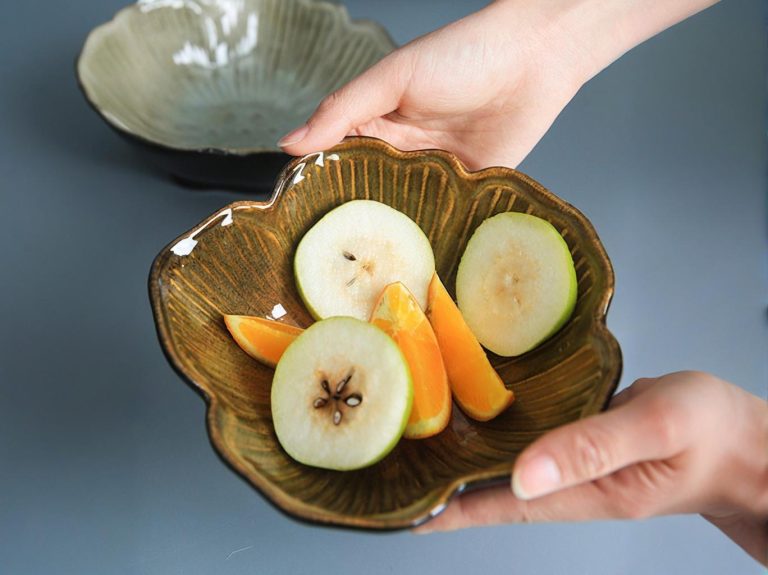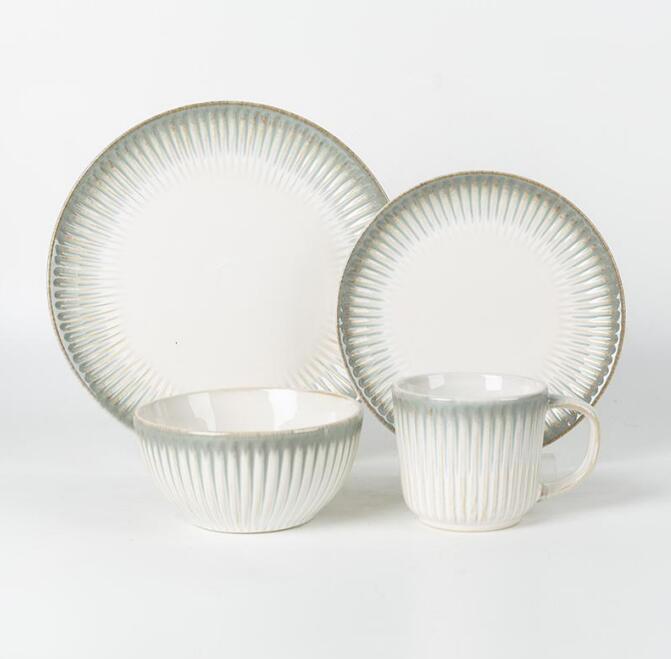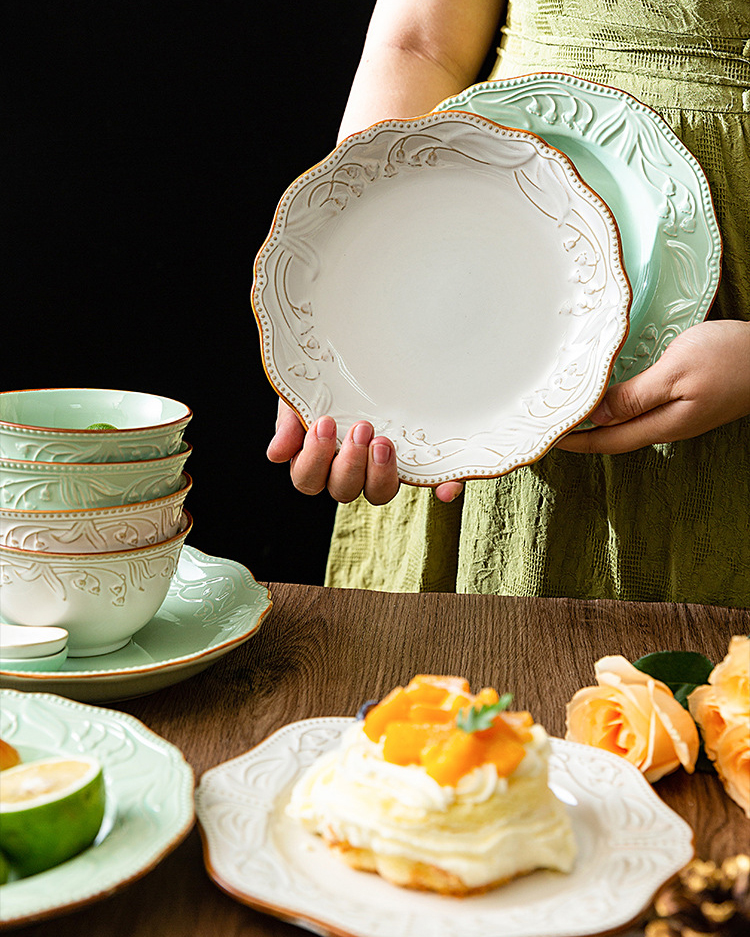What are the categories of ceramic decoration
With the development of history, ceramic decoration of the types and techniques of the name is increasingly numerous. For the convenience of research, from the decoration of the material color and expression techniques on the comparison, can be simplified into two types.
1, on the surface of the blank with the same blank inlaid with a variety of patterns, called relief or vegetal decoration. This pattern can be pre-made in the molding of plaster molds, and in the blanks half-dry paste on it; or the use of gypsum mold patterns, to take the inverted, rotary paste molding. After the product is fired, it can also be decorated by carving. The simplest spinning pattern can also make the products have a beautiful rhythm and add some interest.
2, in the blank or into the porcelain of a single color, conscious use of ceramic decorative form of beauty of the rules and regulations, give full play to the special beauty of its material and the corresponding technical characteristics of the craft, skillfully applied a variety of colors to show the products of the different artistic styles, so that it and the modeling to form a perfect artistic whole, it is known as the colorful decorations.
These two classifications, although simple, but not precise enough. It does not clearly reflect the three elements that constitute ceramic decoration, and its performance of production, commercial and artistic. Classification of ceramic decoration science, basically summarized as underglaze, overglaze, underglaze, color glaze, color glaze and integrated decoration of five categories.
Underglazeaze Color
Underglaze is a raw or plain firing billet or glaze tires decorated with color, cover glaze, by about 1340 ℃ high temperature firing, the color fully penetrated in the billet glaze, glossy acid and alkali resistant non-lead toxic. However, due to high temperature firing, not many suitable color pigments, color changes are extremely difficult to master. Still need to continue research. Underglaze color mainly has blue and white, Linglong, underglaze five-color and engraved flowers and so on. Underglaze color decoration commonly used methods:
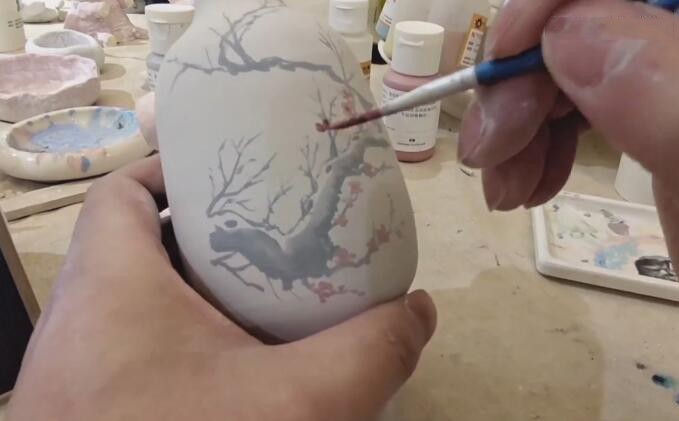
- Cyanotype Hand-painted, stamped and appliquéd;
- Linglong, reflecting jade linglong, blue and white linglong, color linglong (openwork, half-knife clay, hand-painted, printed, appliquéd);
- Underglaze hand-painted, printed, sprayed and appliquéd;
- Carved flowers Stacked carved flowers, shadow green carved flowers, carved and filled flowers, half knife clay;
- Hand-painted in underglaze red.
Enamel On Glaze
Glaze color is painted on porcelain tiles and fired by the oxidizing flame of kiln lamp at 780℃~850℃. Due to the lower firing temperature, the color is also very rich, and the expressive power is very strong. However, because of the decorative patterns protruding from the glaze, such as after prolonged friction is easy to peel off discoloration, and lead, cadmium bath out. Glaze color mainly has ancient color, pastel, new color, gold and silver color, electric light color, ink color, wide color and carved porcelain. Sleeve color decoration commonly used methods are:
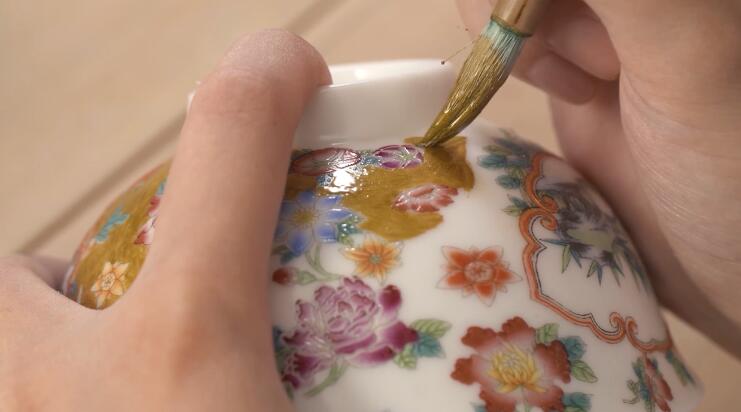
- Ancient color hand-painted;
- Pastel hand-painted, printed, and appliquéd;
- New Color Hand-painted, Stamped, Appliquéd. Dramatic flowers, spray flowers, porcelain phase;
- Gold, silver colored gold, inlaid and traced gold, stacked gold, etched gold, imitation etched gold;
- Others Ink colors, broad colors, carved porcelain.
Underglazeaze Color

Glaze color is painted on the porcelain tire, need to be fired at 1100 ~ 1200 degrees Celsius, the color pigment penetrates into the glaze layer, the color is melting bright, the flower surface is smooth, no concave and convex, prickly hand feeling. It is acid and alkali resistant, non-lead poisonous, suitable for the decoration of high-grade daily-use fine ceramics. Because it is the latest development of color painting method, there are only two kinds of hand-painting and decal formation. Commonly used methods of glaze coloring are: hand-painting and decal.
Color Glaze
Color glaze is in the ceramic base glaze to add the appropriate amount of coloring material, so that the glaze to form a variety of color decorative effect. It is different according to the firing temperature, generally can be divided into high-temperature color glaze (about 1300 ℃), low-temperature color glaze (1250C below). High-temperature, the glaze is thick and moist, color surface melting bright; low-temperature, the glaze is thin and apparently light, slightly less bright. Color glaze decoration commonly used methods are:
- Color glazes High and low temperature color glazes;
- Art Glazes Crystallized glazes, matte glazes, flake glazes, pearl glazes.
Composite Decoration
Composite decoration is based on the characteristics of different materials with different firing temperatures, the use of two or more than two kinds of performance techniques focused on the same product. Its characteristic is to take the strengths, static and dynamic, contrast, although elegant and grand. Comprehensive decoration methods are commonly used:
- Blue and white color;
- The color glaze is engraved with flowers (also known as Guanhuang Sancai (嬌黃三彩), Suansancai (素三彩));
- Red underglaze blue;
- Shadow Cymbidium;
- Colored glaze with stacked flowers and stacked flowers with added color;
- Iron bone and clay vessel with autumn decoration;
- Enameled flowers;
- Colored glazes with added color;
- Hollow out and add color;
- Open-glazed (color glaze open-glazed, blue and white open-glazed, overglaze open-glazed);
- Coral traced in gold;
- High-temperature color glaze.
Classification of Gaochun Ceramic Crafts
Gaochun ceramic production from the perspective of ceramic crafts can be broadly categorized:
- Mining and processing of raw materials for blanks;
- Mining and processing of raw materials for glaze;
- Preparation of raw materials (billet preparation, glaze preparation);
- Forming;
- Burning;
- Painting and appliqué;
- The colorful grill and other categories.
The first two generally completed in the mines, the latter five many large factories are fully equipped, there are some small factories or workshops can only carry out one or two of them. In addition, there are some specialized for ceramic production materials and equipment, such as: specializing in the production of saggars and kiln furniture sagger factory or kiln factory, specializing in the production of decorative pigments, flower paper, gold and other decorative materials such as chemical plants or pigment factories, specializing in the production of packaging materials packaging plant, the division of labor in various sectors, combined to form a complete Gaochun ceramic craft structure.
If you have any questions or need to custom dinnerware service, please contact our Email:info@gcporcelain.com for the most thoughtful support!

